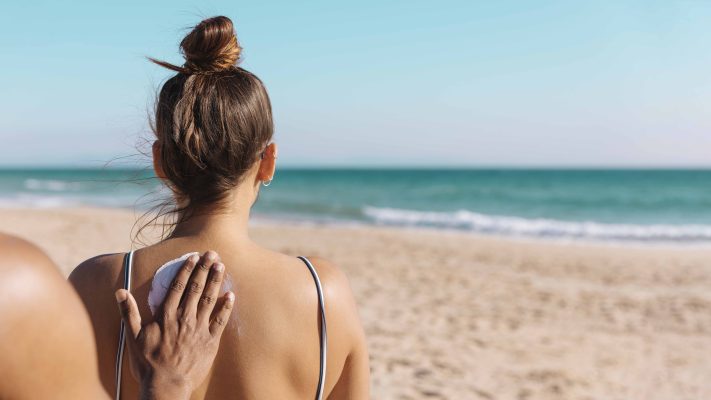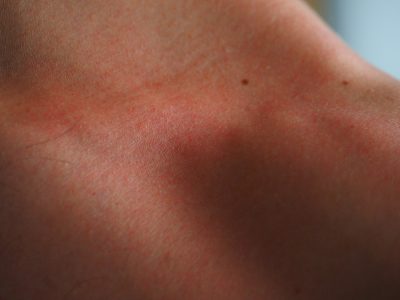The arrival of good weather increases the number of outdoor activities and thus exposure to sunlight: it’s time to protect your skin to minimize the risk of burns and prevent photoaging, melanomas and other skin ailments.

Tanning is a natural defense mechanism of the skin which, especially in the first exposures to the sun, is very vulnerable because it has not yet been able to produce enough melanin to protect itself. Factors such as the time and frequency of exposure will have consequences on the health of your skin, but we remind you that they are not the only ones. The place and altitude where you are – every 1,000 meters of ascent, the intensity of the sun’s rays increases by 15% – and the albedo, i.e. the percentage of radiation that any surface reflects with respect to the radiation that affects it, explain why, for example, you don’t tan as much on the beach as on the mountain.
To enjoy the sun in a healthy way we recommend that, whenever possible, you avoid exposing yourself in the central hours of the day and cover your skin with clothing such as sunglasses, hats, long pants and long-sleeved shirts. Also remember to use a protective cream with filters for UVA and UVB rays. Photoprotection avoids acute reactions to the sun such as redness, inflammation, sensation of pain and blisters. In addition, it protects you from the sun’s long-term harmful effects such as photoaging, spots and, in the most severe cases, skin cancer. 90% of melanomas are related to UV exposure. The effects of solar radiation are cumulative and irreversible so changes in the skin should serve as an alarm to consult with the specialist, remember: “skin has memory.”
If you have suffered an excess of ultraviolet radiation, these measures can help you:
- Apply cold water compresses on the area, never ice as it would produce an intense vasoconstriction that could further aggravate the lesion.
- Wash gently (without sponge) with a soapy solution and rinse thoroughly with water to remove any particles adhering to the damaged skin, which could represent a focus of infection.
- Avoid contact with irritating substances.
- Avoid contact with ultraviolet radiation.
- Avoid contact with agents that make perspiration difficult (oily substances: ointments or lotions).
- Topical treatment (if there are no blisters) with soothing emollient emulsions such as aloe vera.
- Abundant hydration.
- If blisters appear, avoid occlusive treatments and do not open them (risk of infection).
